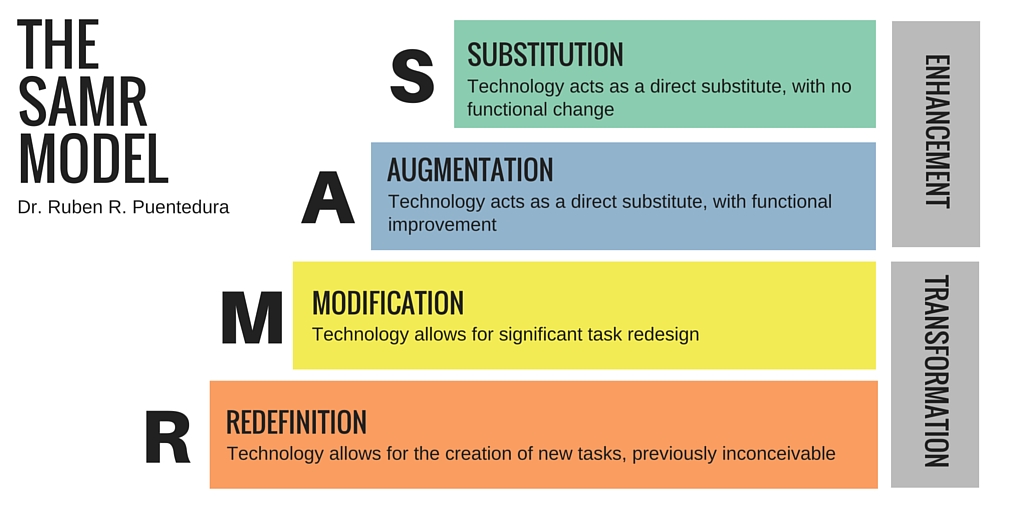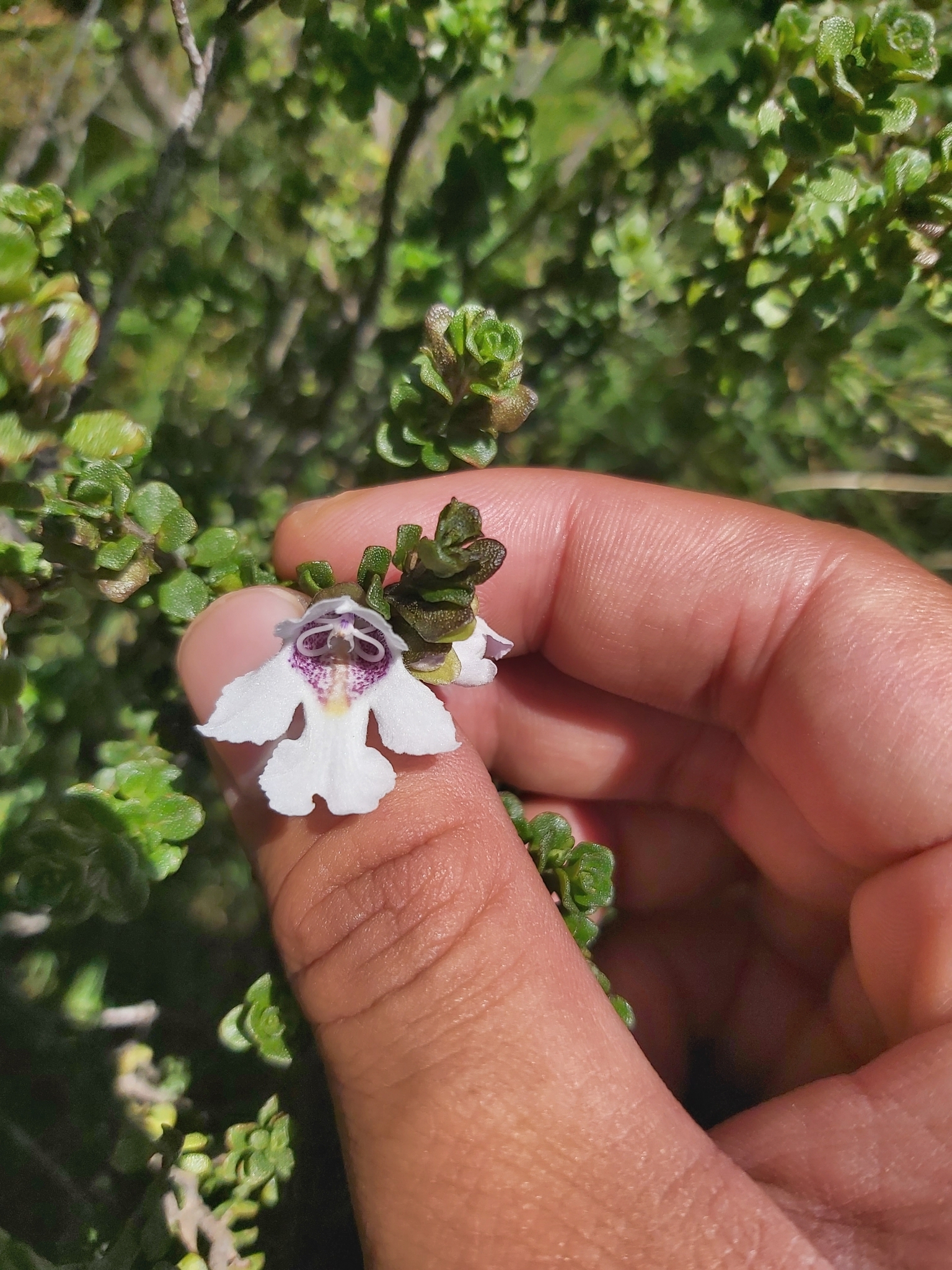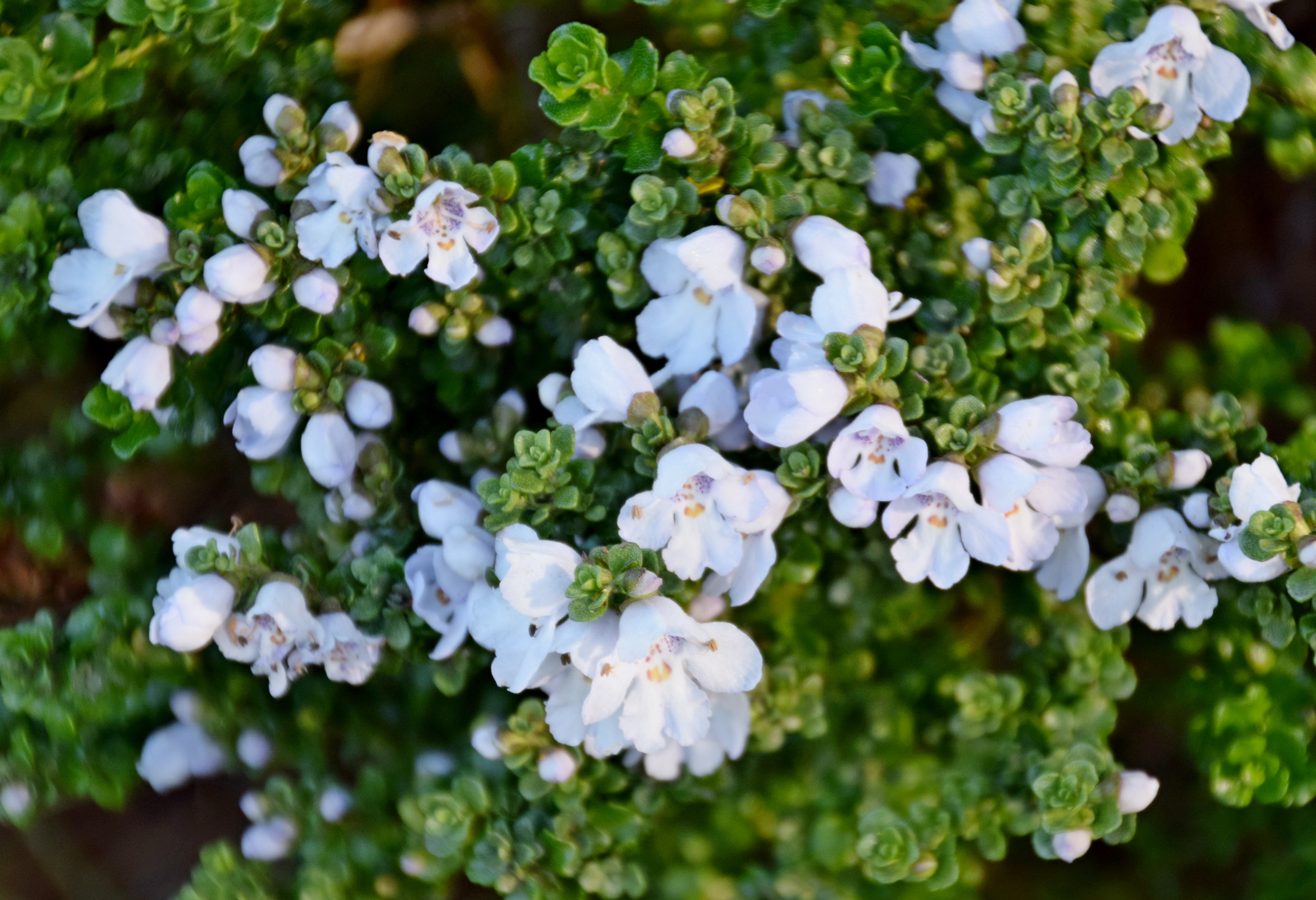Covid-19 in a School Setting

My experience
I was in the middle of my second year of University when the pandemic hit. Like most, I was excited at first for a two-week break from school and to get to hang out with my roommates. Unfortunately, as we know that soon changed and the entire reality of the world somehow everything came to a standstill. It is certainly never something I would have predicted to happen let alone during my undergraduate degree. Luckily (for me) in my second year most of the professors gave up before the school year came to a close so that meant most of my final exams were canceled. However, that also meant that all of our concerts and performances were canceled as well which was heartbreaking to be working so hard on a creative project and just have it wither into nothing. Another thing that was extremely disappointing was that before the pandemic started I had auditioned for an Honour University Ensemble made up of students from across North America, and I had been chosen out of hundreds of applicants to participate in the conference and travel to the States. I am not usually someone who would have applied for something like this so when I got the news that it was cancelled I was devastated! I never was able to reaudition which is sad and I always wonder what might have been and the people I would have met if I had been able to go.

School during the pandemic
Music School during the pandemic was frankly not fun. It was in fact a little depressing… The professors tried their best to change the curriculum to make it worthwhile for us but all we really wanted to do was play music together again. At times my degree felt completely worthless and extremely isolating. We mostly just used Zoom to facilitate classes but when that comes to performing music, it really doesn’t work that well. Large and Small ensembles were paused which meant the only music you were making was alone at your house. I still had private instrumental lessons, but I couldn’t afford a microphone which meant most of my lesson sound would cut out it was a challenge for not only myself but also for my teacher because sometimes she had no way to tell what I was playing to give me feedback in real-time. Not all of it was bad though. I am thankful in a way that it was online because I had to take one of the hardest classes of my degree and I truly and honestly don’t think I would have passed the course if I had not been able to take it online. I had already failed it twice and at that point, I was really considering dropping out of my entire degree if I could not pass. The professor was brutal and was notorious for making exams that were way too hard and way too long to do in the time period of an hour leaving countless people to fail just because they didn’t have time to complete the exam. Because it was online she had to make the time to take the test time longer than normal and I took the entire 8 hours of exam time to finish the test! I am actually very thankful I was able to take that course online because I don’t think I’d be writing this paragraph in this degree if it were for taking that course online.
I think that everything happens for a reason even if it may seem awful at the time. Even though I was saved by doing that one course online, the fact that I couldn’t play music with my friends outweighed any of that. If I had the option I would probably choose to have classes in person, but I think having the choice to have some classes online is really helpful!
































